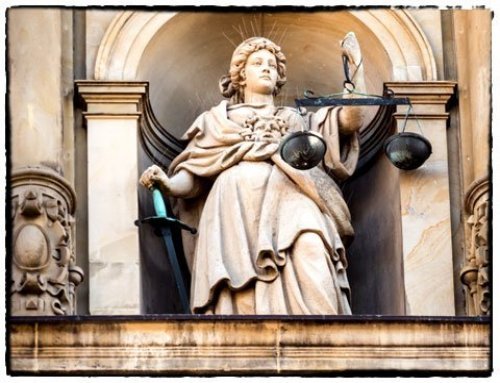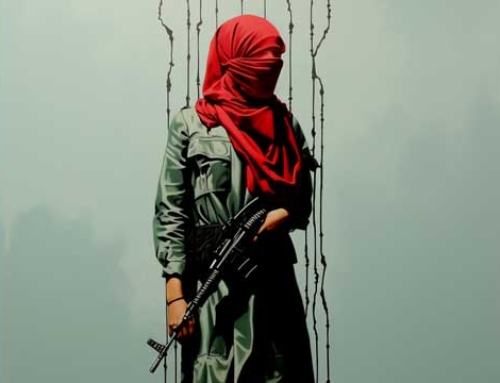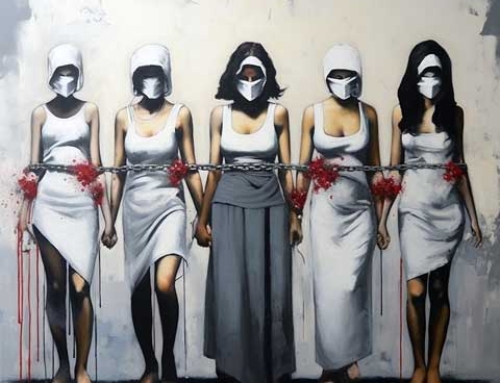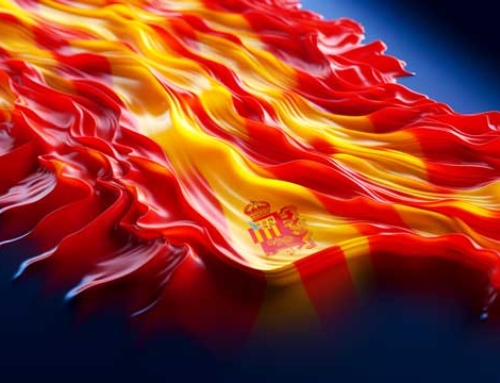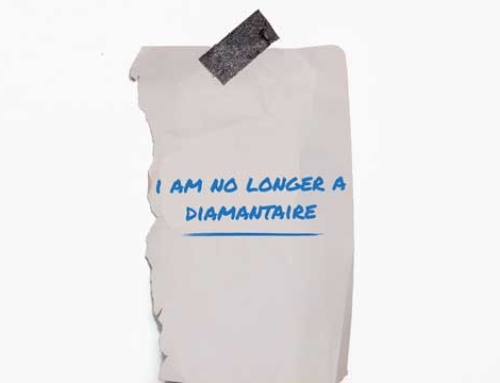Like diamonds, everything sparkles during the holiday season.
Despite its reputation as a valuable commodity in bloody conflicts, the diamond is far from being a neglected stone. It is still an eye-catcher, and attracts investors’ wallets: since 25 November 2019, the American jewellery firm Tiffany, founded in 1837, is owned by LVMH. The French group, chaired by Bernard Arnault, acquired it at a price approaching 15 billion euros.
The French luxury giant LVMH has just bought the American jeweller Tiffany for 14.7 billion dollars. And with it, its most famous diamond…
It is a rare yellow diamond discovered in 1877 in the Kimberley mine in South Africa and bought by Charles Lewis Tiffany, founder of the brand.
As the New York Times recalls, it was one of the largest rough diamonds of this type ever found at 287.42 carats. The stone was cut by a 23-year-old man, George Frederick Kunz, who would become a famous mineralogist. It was transformed into a cushion-shaped diamond with 82 facets, 24 more than a standard diamond, at a time when such large and brilliant diamonds are rare.
For the New York Times, the Tiffany brand is the embodiment of American luxury, and this diamond, christened the Tiffany, is the most striking symbol of it.
It was made famous by Audrey Hepburn in Diamonds on Sofa, the 1961 Blake Edwards film, and is still part of popular culture, as the singer Lady Gaga wore it this year at the Oscars.
The Tiffany sometimes leaves the famous store on Fifth Avenue to be exhibited around the world, as most recently in Shanghai.
Other famous diamonds have had a more eventful history. The New York Times, for example, tells us about the Princie, a “small sublime diamond” the size of a very large olive, 34.65 carats and a bright pink colour. It was sold in 2013 for $40 million at Christie’s to a member of the Qatari royal family.
But should it have been sold? asks the American daily. Because it is the subject of a quarrel between owners. The descendants of an Italian senator, who had acquired the diamond in the 1960s from Van Cleef & Arpels, claim that it belongs to them, and that their half-brother wrongly kept it after his mother’s death. But the brother claims that he had the title to it.
As far as the famous auction house is concerned, the family members have no proof that the diamond belongs to them, and furthermore his client, who bought it from the half-brother, had every right to sell it.
The Princy was born in the Indian mines of Golkonda, and the first trace of it can be found in the collection of the Nizam of Hyderabad, an Indian monarch, in the 1700s.
For the New York Times, the whole affair mixes royalty and wealthy heirs with the nuances of Italian law, while raising questions about Christie’s liability.
Exceptional diamonds are still being discovered today, such as the second largest rough diamond in the world ever found, the Lesedi La Rona, discovered in 2015 in Botswana.
Roughly 1111 carats in size, its name means “light“. It is acquired by British jeweller Graff for $57 million in 2017. The British jeweller has reworked it to make the world’s largest square emerald “a jewel that rocks,” according to the American site Bloomberg, of 302.37 carats.
The price of this jewel? Undetermined. The Lesedi da Rona, renamed Graff Lesedi da Rona, is an exceptional diamond, difficult to obtain, since Graff gemologists simply did not have the right cutting equipment.
A special scanner had to be built to analyze the stone and figure out how to cut it, a process that took 18 months.
According to jeweller Laurence Graff, “the ultimate form of the art of carving is the most risky, because you can never correct a mistake. You have to be careful, and you have to be perfect.”
The end of a monopoly
An estimated 350 tonnes of diamonds are mined worldwide. As a reminder, 1 carat represents 0.20 grams, bearing in mind that three tons of ore must be mobilized to recover the famous carat. Since the 17th century, Antwerp has been the hub of the diamond trade. De Beers, the South African diamond dealer founded by the two Boer brothers, Diederik Arnoldus and Johannes Nicholas de Beer, continues to be one of the key players in the jewellery industry, although the company lost its monopoly status in the 2000s.
The beginning of the 21st century has tarnished the image of diamonds, some of which were the cause of civil wars, particularly in Sierra Leone and Liberia.
These are known as “Blood Diamonds“, i.e. diamonds that are mined in mines located in war zones and “used by rebel movements to finance their military activities, in particular attempts to undermine or overthrow legitimate governments”, according to the definition adopted by the United Nations Assembly.
A business that is spreading to other countries in Africa, even though the Kimberly Process has tried to regulate this practice. Initiated in May 2000, this international certification protocol was launched in 2003 and aims to confirm that the diamond mined is not a “conflict diamond“.


